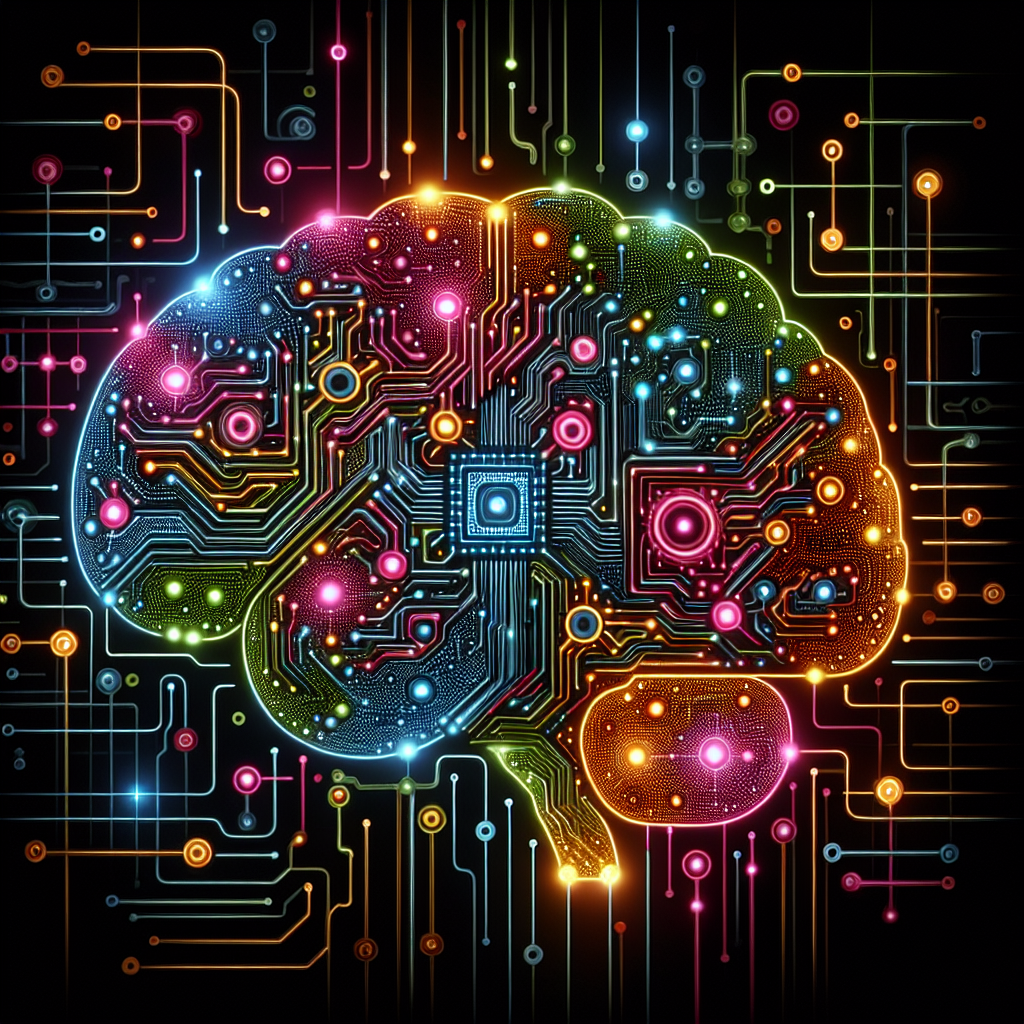Deep learning has been a game-changer in the field of machine learning, allowing for the development of highly effective and accurate models that can be used in a wide range of applications. One of the most powerful tools in the deep learning arsenal is the Convolutional Neural Network (CNN), which has revolutionized the way we approach image recognition, natural language processing, and many other tasks.
CNNs are a type of neural network that is particularly well-suited for tasks that involve processing and analyzing visual data, such as images and videos. By using a series of convolutional layers, pooling layers, and fully connected layers, CNNs are able to automatically learn features from the input data and make highly accurate predictions.
To unlock the full potential of CNNs, it is important to use the right tools and frameworks. Two of the most popular deep learning frameworks for building CNNs are PyTorch and TensorFlow. These frameworks provide a wide range of tools and libraries that make it easy to build, train, and deploy CNN models.
PyTorch is a popular deep learning framework that is known for its flexibility and ease of use. It provides a range of pre-built modules and functions that make it easy to build complex neural networks, including CNNs. PyTorch also provides a dynamic computation graph, which allows for easy debugging and experimentation with different network architectures.
On the other hand, TensorFlow is a powerful deep learning framework developed by Google that is widely used in industry and academia. TensorFlow provides a range of high-level APIs that make it easy to build and train CNN models, as well as deploy them in production environments. TensorFlow also provides support for distributed training, allowing for the training of large-scale CNN models on multiple GPUs or even multiple machines.
To build effective machine learning systems with CNNs using PyTorch or TensorFlow, it is important to follow best practices and techniques. This includes using data augmentation techniques to improve the generalization of the model, choosing the right network architecture and hyperparameters, and using techniques such as transfer learning to leverage pre-trained models for specific tasks.
Overall, unlocking the potential of deep learning with CNNs and frameworks like PyTorch and TensorFlow can lead to highly effective and accurate machine learning systems that can be used in a wide range of applications. By following best practices and techniques, developers can build powerful CNN models that can revolutionize the way we approach complex tasks in image recognition, natural language processing, and many other fields.
#Unlocking #Potential #Deep #Learning #Building #Effective #Machine #Learning #Systems #CNNs #PyTorchTensorFlow,understanding deep learning: building machine learning systems with pytorch
and tensorflow: from neural networks (cnn


Leave a Reply